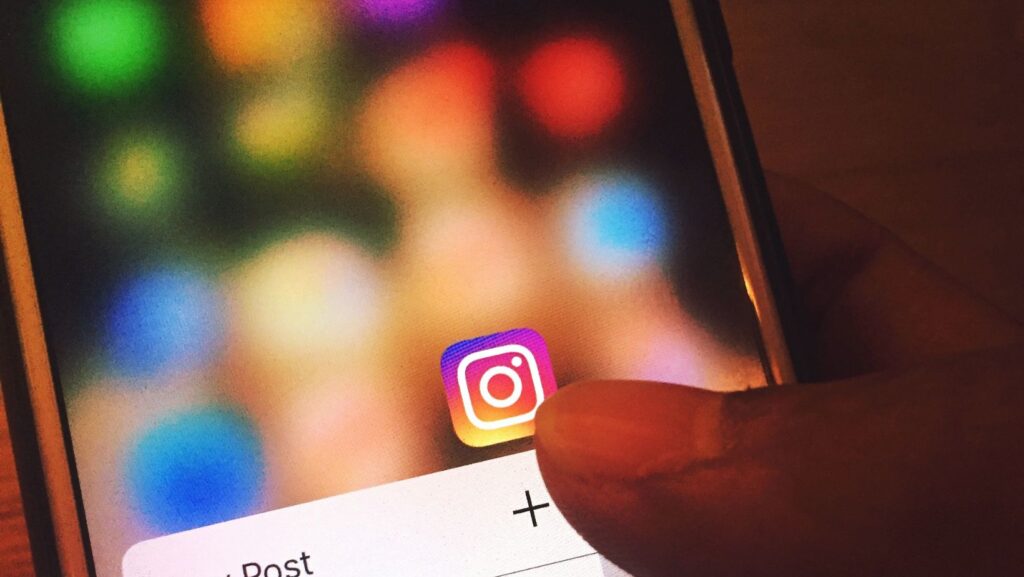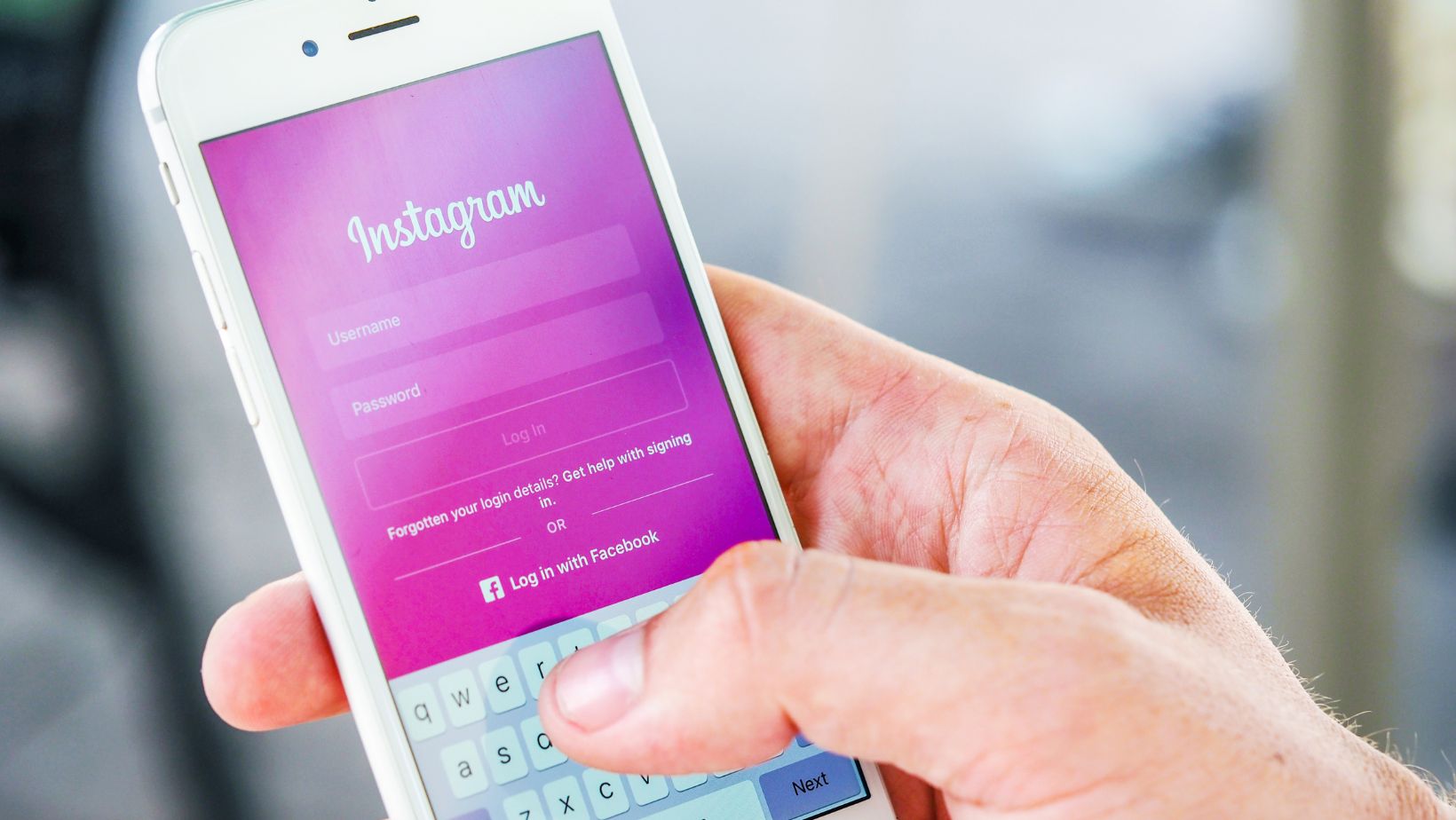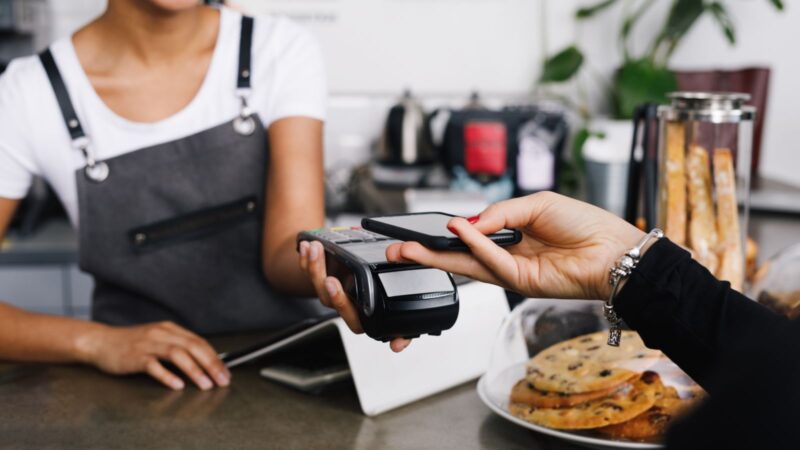
Ephemeral content is temporary, short-lived media that disappears after a set period, typically 24 hours. Popularized by platforms like Snapchat and Instagram Stories, it has transformed how users engage with social media. This type of content creates a sense of urgency, which prompts audiences to interact before it’s gone. Brands and individuals alike use ephemeral content to share behind-the-scenes moments, limited-time offers, and personal updates.

Its fleeting nature encourages more authentic and spontaneous interactions that make it a powerful tool for boosting engagement. Here’s what ephemeral content is and why it’s such a game-changer today.
What Is Ephemeral Content?
Ephemeral content refers to photos, videos, or messages that are only accessible for a limited time. Unlike traditional posts that remain indefinitely, this content disappears after 24 hours. So it encourages viewers to act quickly. Platforms like Snapchat, Instagram, and Facebook have embraced ephemeral formats and thus, allowed users to share casual, unpolished moments without the pressure of permanence. Its temporary nature makes it less intimidating for users to post, which results in more frequent and authentic updates. For brands, ephemeral content provides an opportunity to connect with audiences on a more personal level, which fosters trust and loyalty.
The Psychology of FOMO (Fear of Missing Out)
Ephemeral content thrives on the concept of FOMO, or the fear of missing out. Because the content is only available for a short time, users feel compelled to check it out before it disappears. This urgency drives higher engagement rates, as people don’t want to miss out on exclusive updates or offers. Brands often use this to their advantage, promoting flash sales or sneak peeks that create excitement and encourage immediate action. By leveraging FOMO, ephemeral content keeps audiences glued to their screens and more invested in the content being shared.
Ensuring Security in Ephemeral Content Platforms
While ephemeral content is designed to disappear, its temporary nature doesn’t eliminate the need for security. Platforms hosting ephemeral content handle massive amounts of data, from personal photos to confidential business updates. Solutions like cybersecurity for the tech industry protect platforms from breaches and ensure that user data remains safe while allowing the ephemeral experience to stay seamless. Without strong security systems in place, the trust that makes ephemeral content engaging could quickly erode and impact both users and brands that rely on these tools.
Boosting Brand Engagement with Stories
For businesses, ephemeral content is a goldmine for engagement. Features like polls, quizzes, and countdowns in Instagram Stories allow brands to interact directly with their audience in fun and creative ways. Sharing behind-the-scenes moments or real-time updates makes brands feel more relatable and approachable. Limited-time offers and exclusive announcements create excitement and urgency. They drive customer loyalty and conversions.

By using ephemeral content to create a sense of immediacy, brands can foster deeper connections with their audience while staying top-of-mind in an increasingly crowded digital space.
The Future of Ephemeral Content
Ephemeral content is evolving rapidly, with new features and tools being added to enhance user experience. Platforms are integrating augmented reality (AR) filters, interactive stickers, and e-commerce links to make ephemeral content even more engaging. As consumer behavior continues to favor authenticity and immediacy, ephemeral formats will remain a key strategy for brands and individuals alike. However, the balance between innovation and user trust will be critical. By ensuring that ephemeral platforms are secure and easy to use, developers can keep this trend thriving for years to come.












